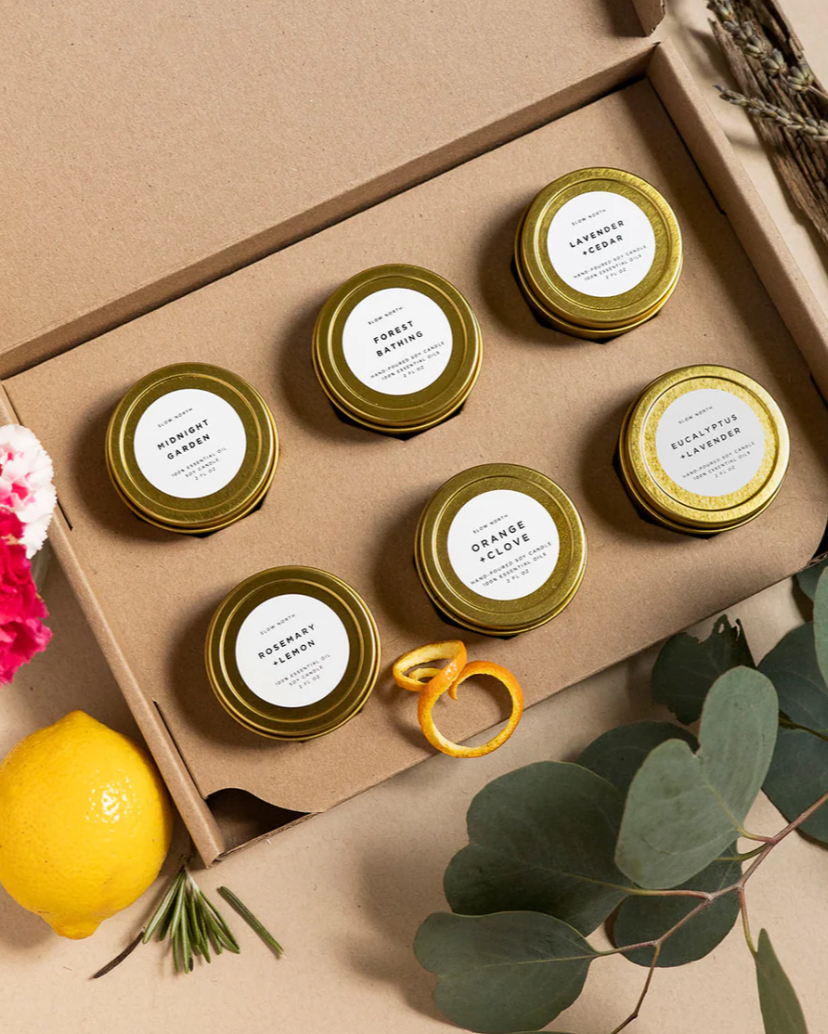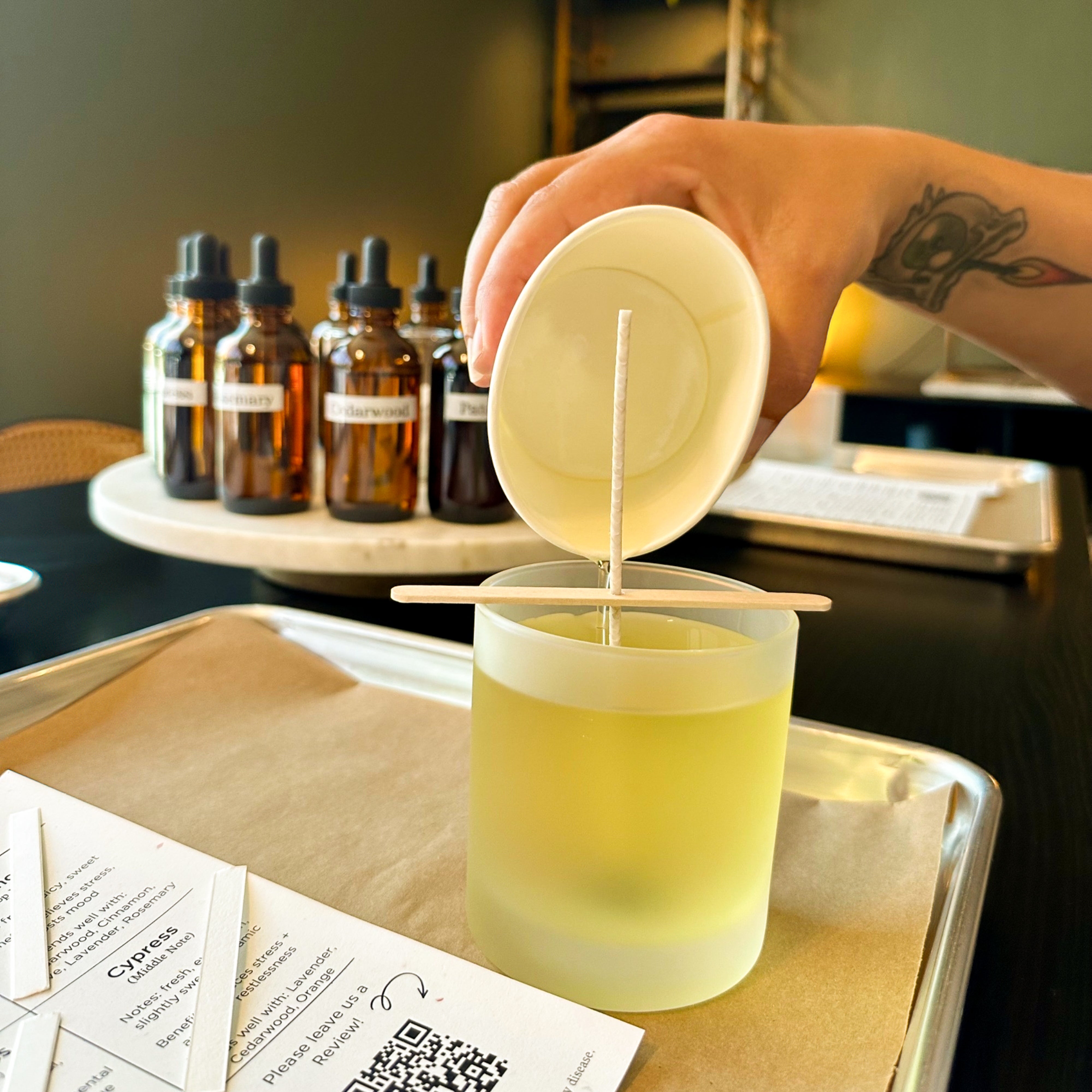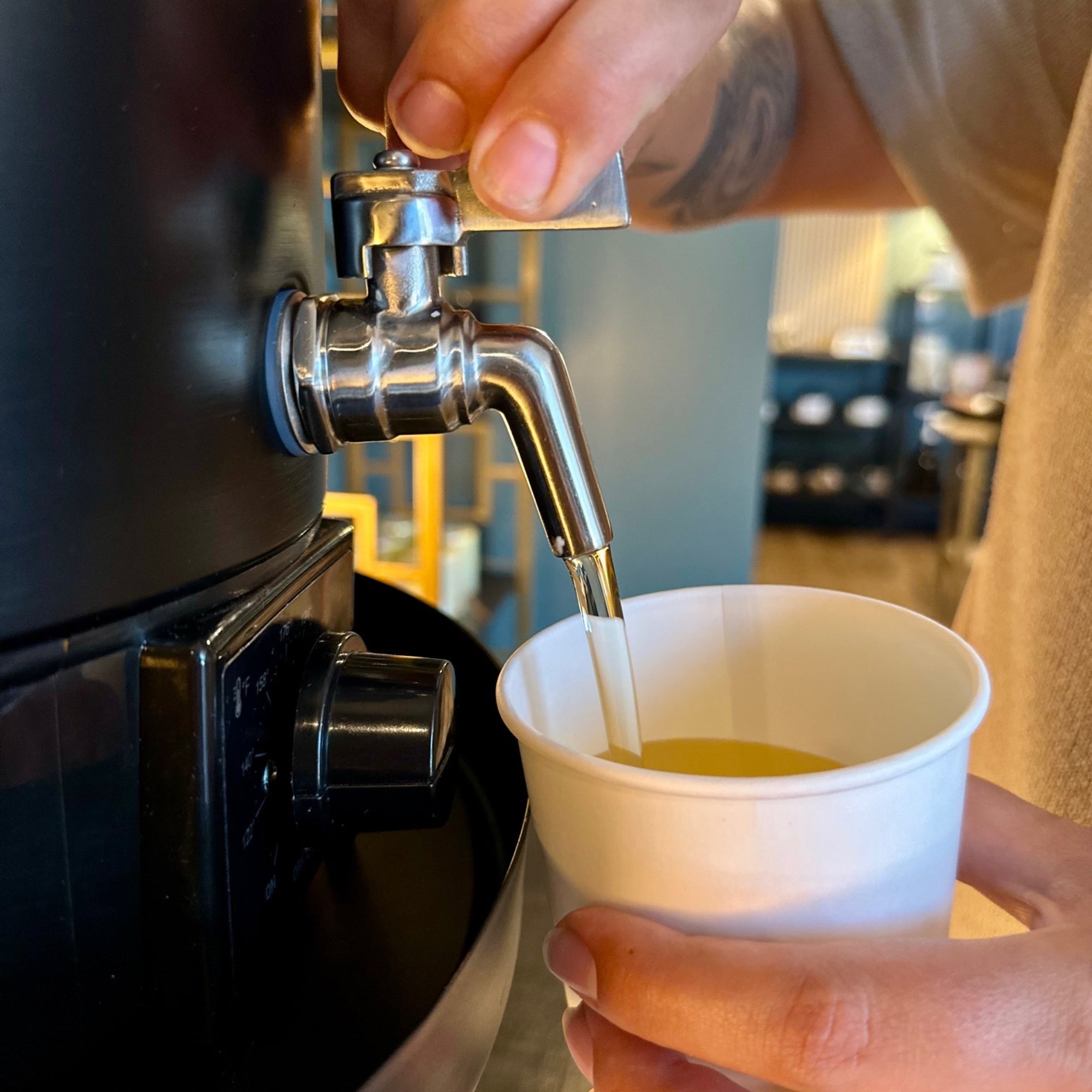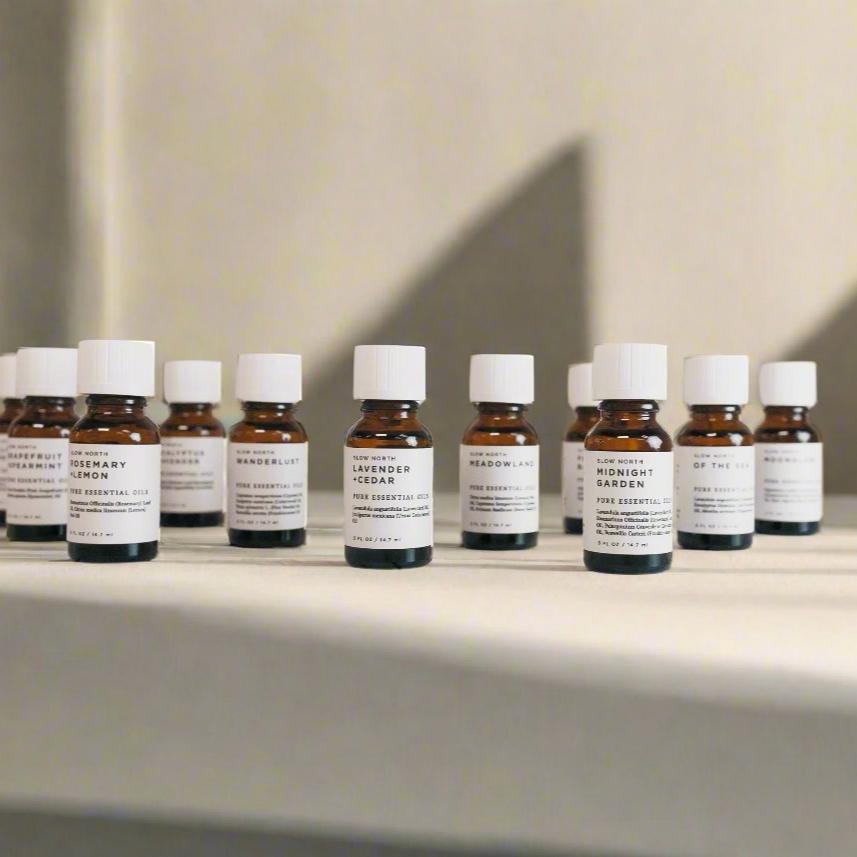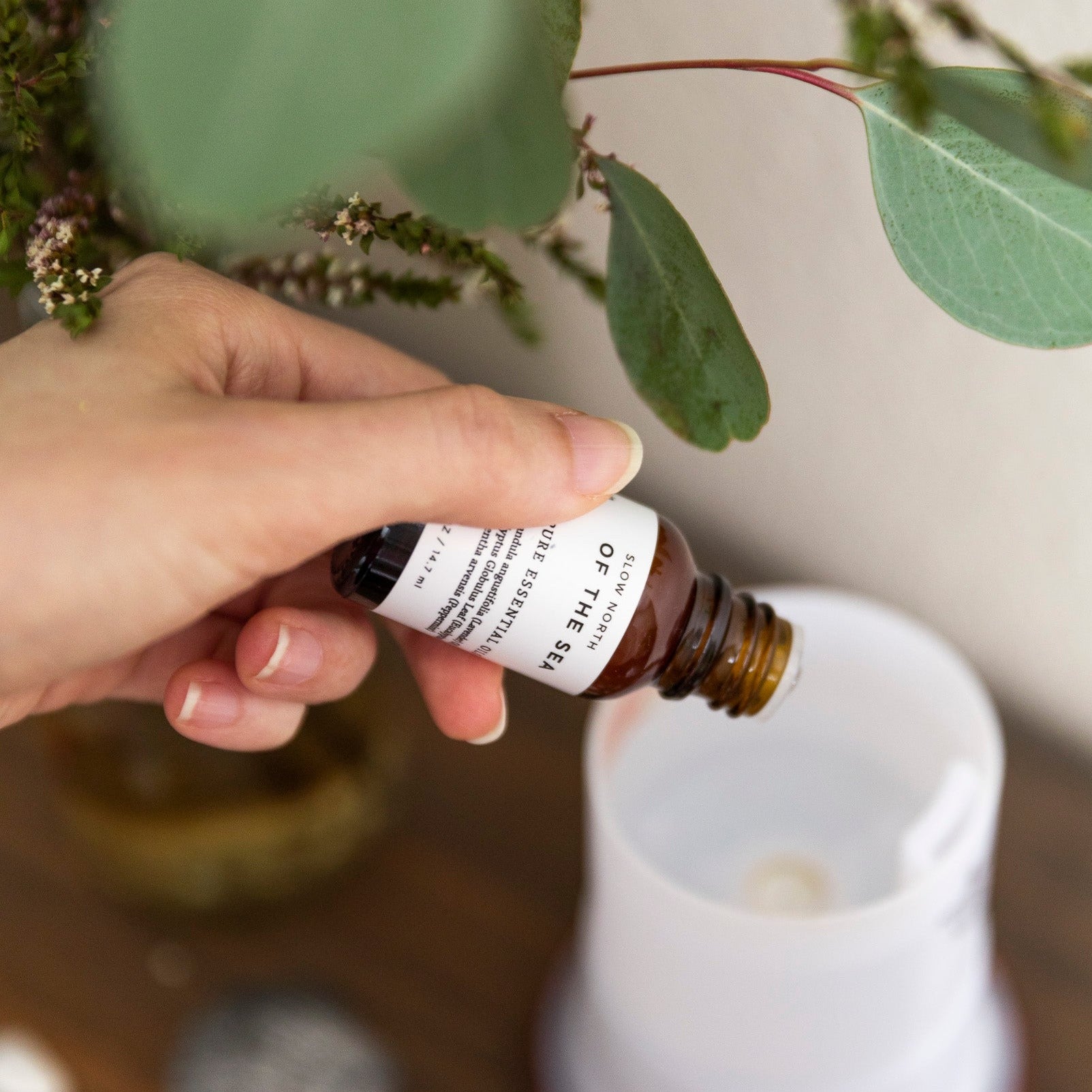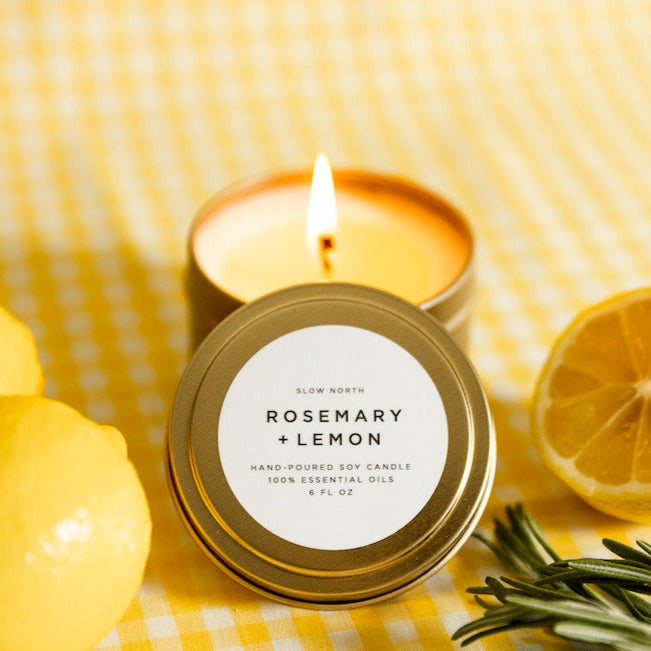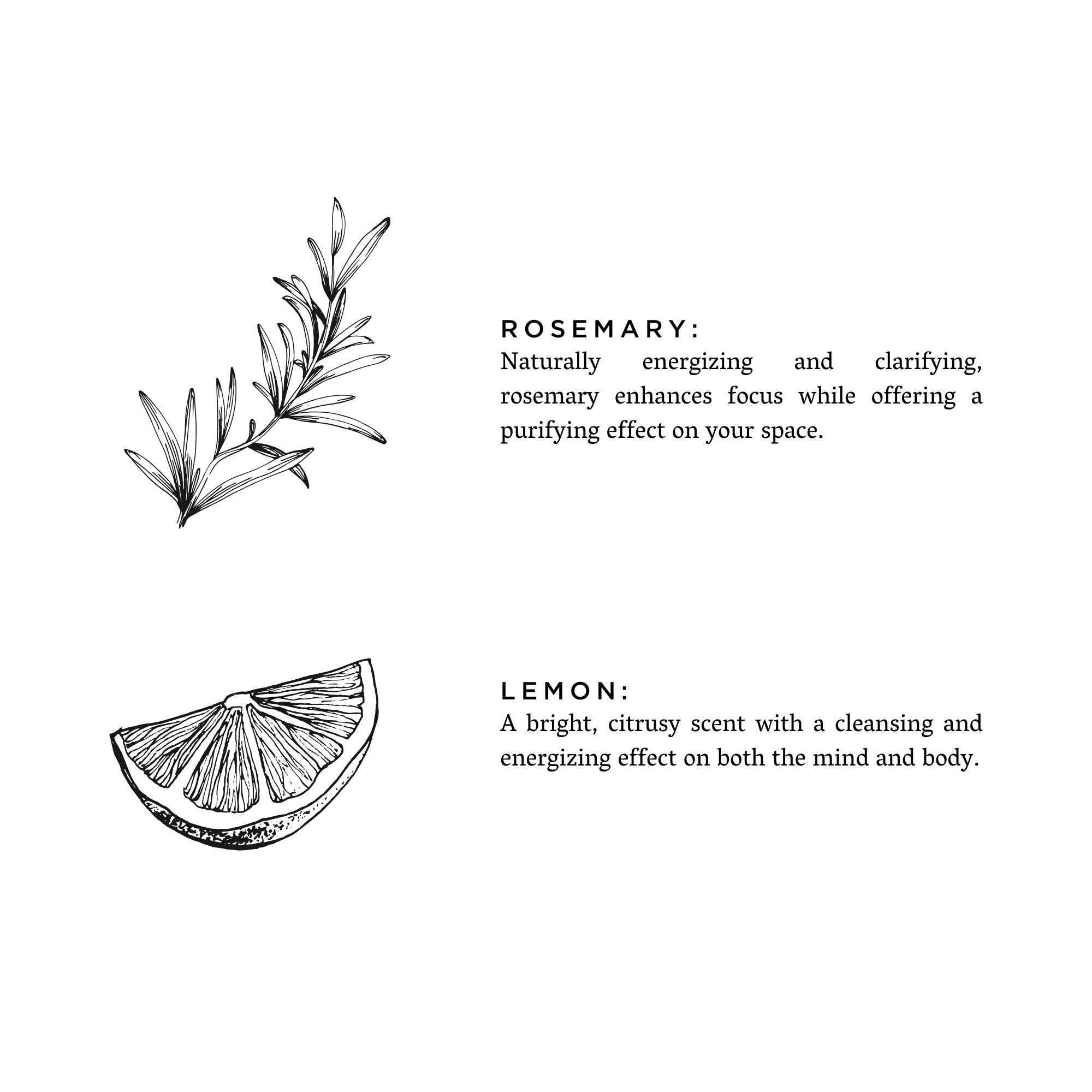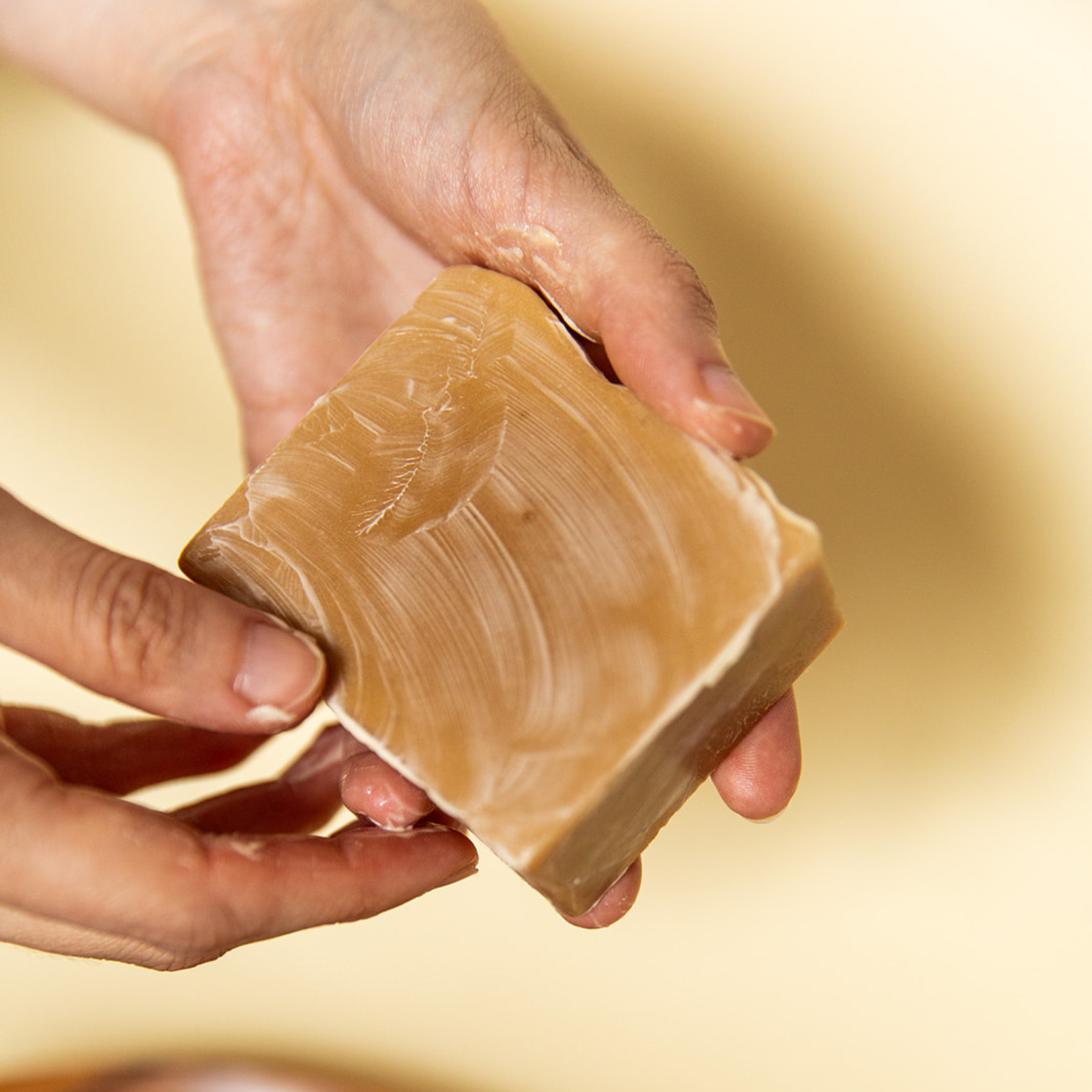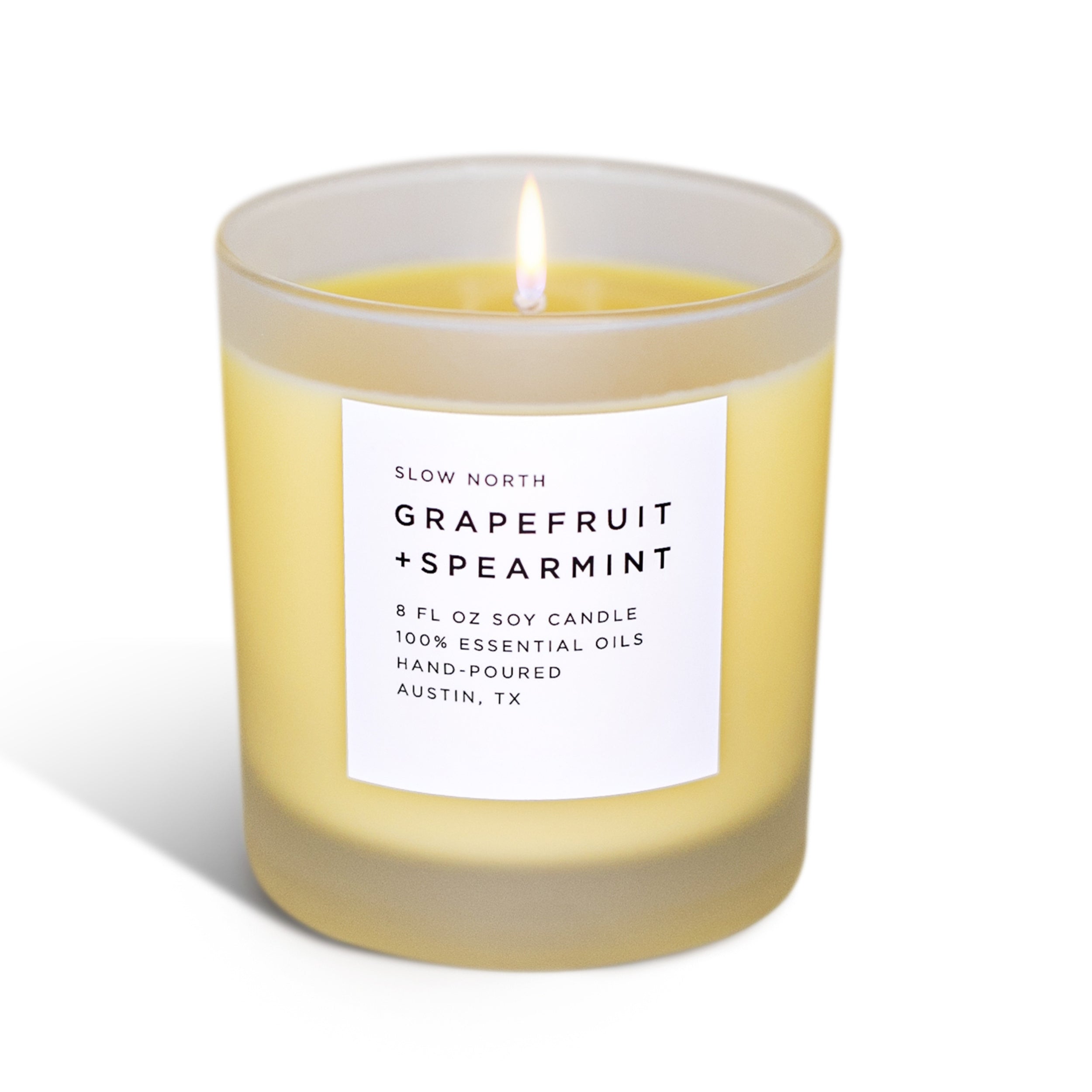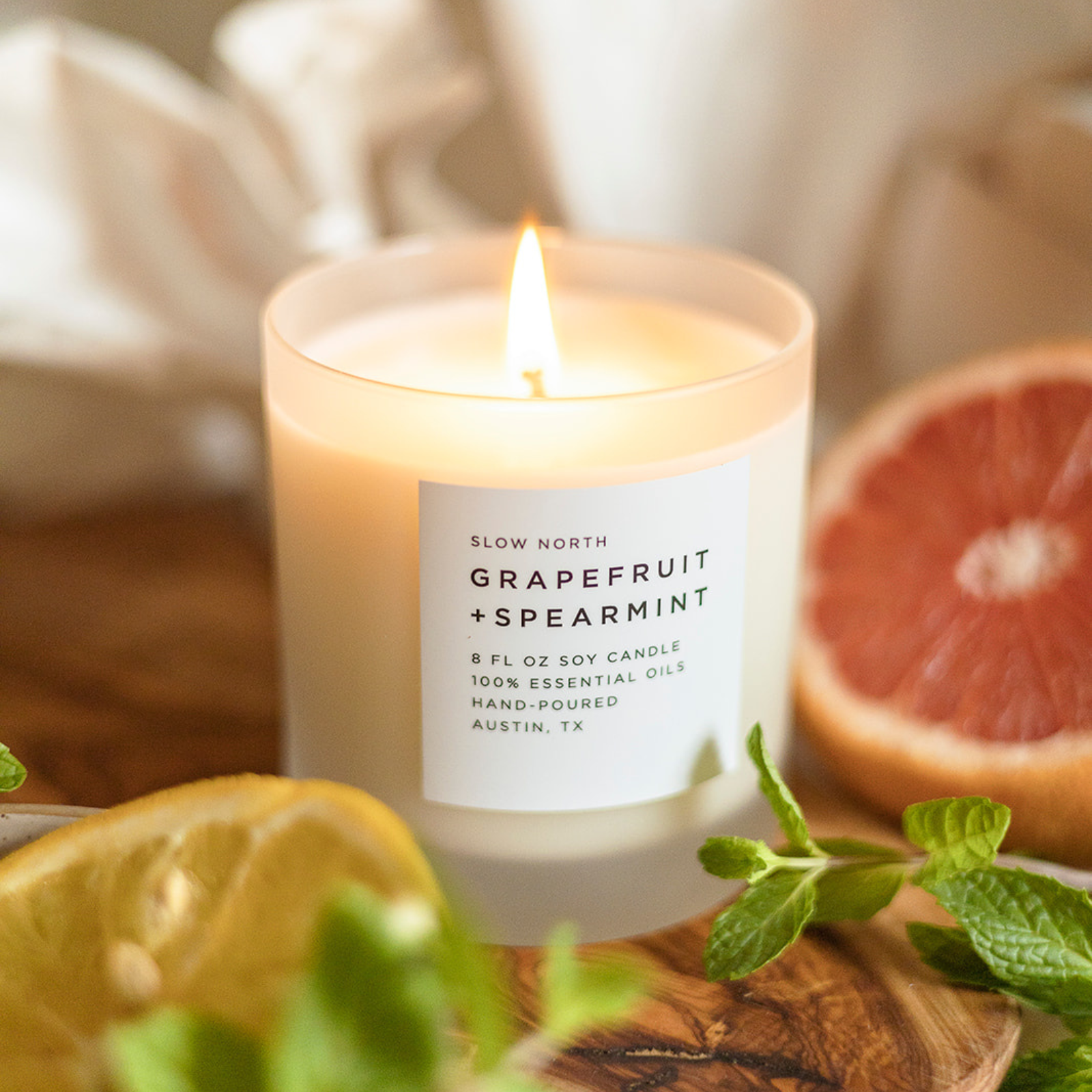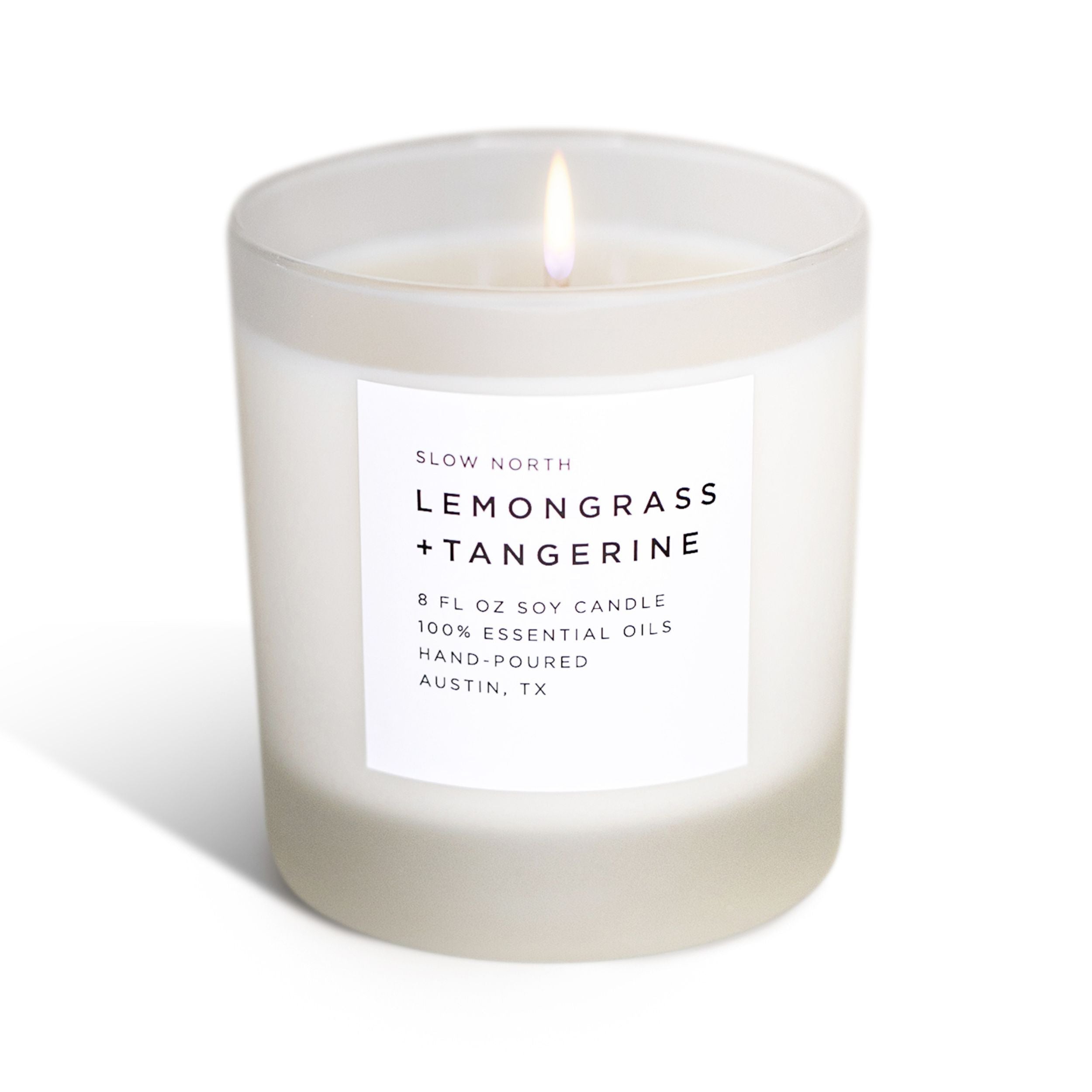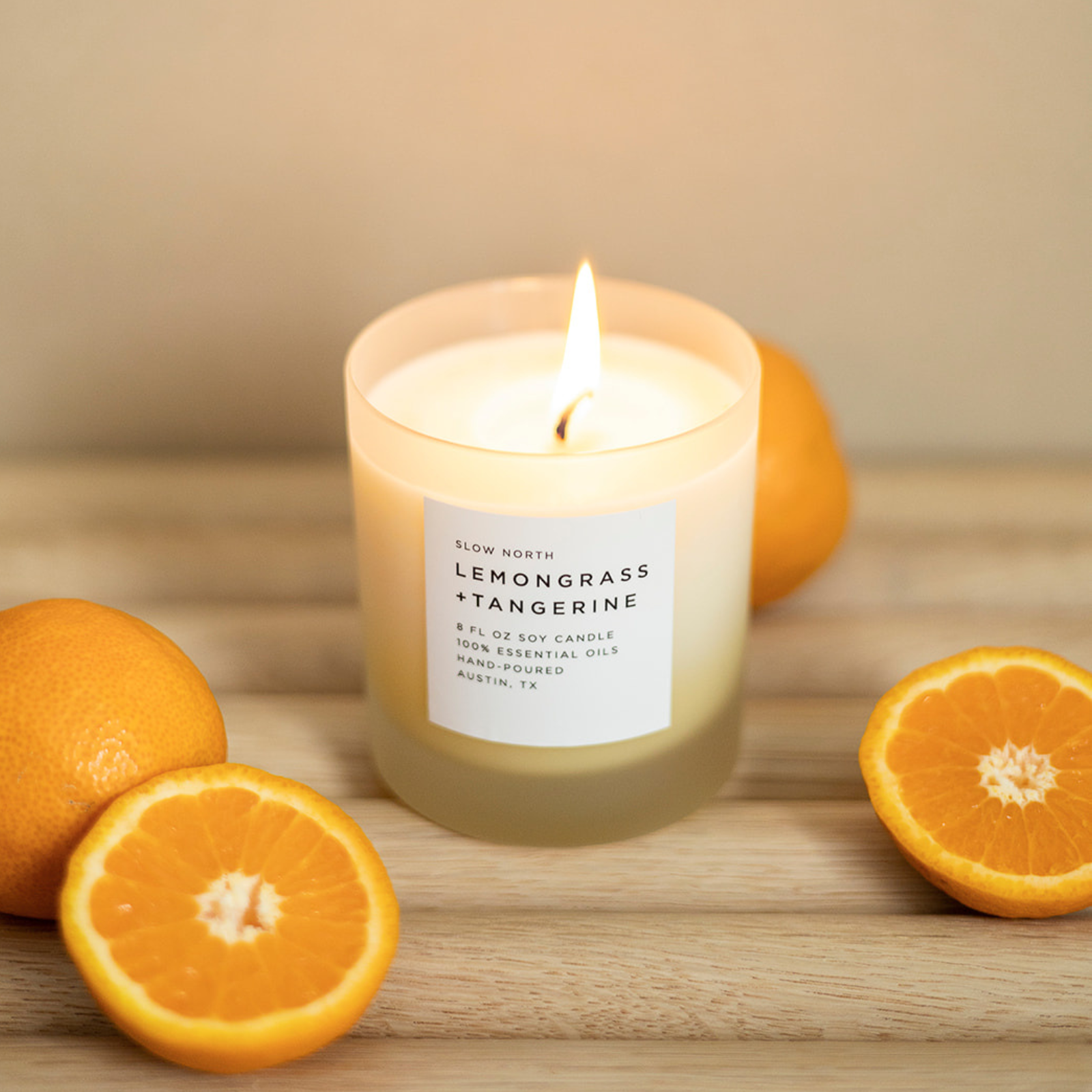
Spiritual wellness has been on the top of most everybody’s mind lately, and for good reason: living through a global pandemic and global crises, clearing negative energy from a space is beneficial to us all. As a result of spiritual wellness gaining speed in the mainstream wellness realm, sage smudging has also recently risen to fame. Known for cleansing spaces of negative energy or spirits, white sage can be found everywhere from upscale yoga studios to Amazon resellers — a testament to its popularity. But it turns out that it's better to cleanse a space without having to use white sage; using this rare plant is more problematic than it sounds.

White Sage’s Environmental Implications
Stephanie Tait, an Herbalist, shared her unique perspective on the plant and the practice of smudging white sage.
“It’s not a sustainable plant, really, for people to use,” she said, noting that white sage is typically wild harvested (meaning it’s not commonly grown on farms). That’s because it requires extremely specific conditions to grow in — it lives in a relatively restricted natural range in Southern California, so it’s difficult to cultivate the plant on farms in other places. What’s more, the white sage plant takes two to three years to grow back after being cut down, making for slow turnaround times and unethical overharvesting practices to speed up production. As a result, Stephanie said, “it makes it so that people who have been using sage for hundreds of years don’t have access to it.”
Those people are Native Americans, indigenous to Southern California and the surrounding areas, who have used white sage for spiritual rituals for centuries.

The Cultural Significance Of White Sage Smudging
For many indigenous tribes, white sage plays an extremely important cultural and spiritual role. It is a primary plant used in smudging ceremonies, which are performed to cleanse the body, energy, aura, or a ritual or living space with the smoke of the burning fragrant plant leaves. Smudging is performed to remove negative energy and to heal, bridging the gap between the mortal and higher realms.
Eliminating negative and stagnant spirits from an area, smudging fends off sadness, anxieties, poor health, and impurities from the space, leaving only peace and prosperity. Though it’s an ancient ritual, it’s still practiced today, and holds hefty cultural significance for many indigenous people.
Until 1978, it was illegal for Native Americans to practice their religions, which included burning sage in smudging ceremonies. Even today, Native people have to fight to maintain sovereignty over their traditions and sacred lands (remember the Dakota Access Pipeline?). As a result, non-Native people burning sage to “smudge” their homes or other spaces can minimize the cultural importance of this ritual — not to mention negatively impacting how the herbs are grown and harvested.
Cleansing Your Space With Sage Alternatives
While you may want to think twice about cleansing a space using white sage, there are plenty of other options to be explored. Stephanie suggests using juniper and cedar for cleansing rituals.

“Both of those plants have a long history of use for cleansing practices, and they’re both really prolific in central Texas.” she said. “Rosemary and [common] sage are also used a lot, and those are fairly simple to grow in your own garden, and both have their own different traditions for use.”
The basics of cleansing rituals are fairly simple, but some people may feel pressure to perform them in a specific way, Stephanie added. However, she assured there’s no one “right” way to approach cleansing.
“The way I approach it is that the most important thing — besides knowing the different properties for the plants — is your personal experience with them,” she said. That means whatever association you make or relationship you build with the plant is entirely up to you.
“There are a lot of different ways you can talk about the energies of plants, but the most important thing is forming your own personal relationship with them, whether cleansing, putting them with your altar, or taking a walk and being with the plant in person,” she explained. “Just being around it is an energetic exchange, and it’s giving you its medicine in that way.” Juniper, for instance, is hearty, resilient, and strong, bringing that same energy to a space when it’s burned in a cleansing ceremony.
How To Cleanse A Space
You can smoke cleanse yourself, your home, office, or anywhere else you feel needs spiritual uplifting. With a bundle of your plant of choice, light the end and let it burn well and slow for a few seconds. Once you have a steady smoke stream, walk around your space and shroud it in smoke. Focus on corners of the space, where stale energies tend to linger. Once you’ve completed your cleanse, place the plant in a bowl or shell and allow the embers to extinguish naturally.
Before beginning, however, you’ll want to set an intention. Smoke cleansing will leave a void in energy, which means you’ll need to invite new energies into your space with that intention! A meditation stone can assist in this ritual. Take a few moments to think about your visions for your home, family, and self — what comes to mind before you begin?
Cecilia Seiter
Cecilia is a freelance writer and contributor to Slow North. She writes largely about sustainability, especially as it applies to beauty, wellness, and the future of technology. She is a graduate of the journalism department at Cal Poly, San Luis Obispo and is based in Los Angeles, CA.


